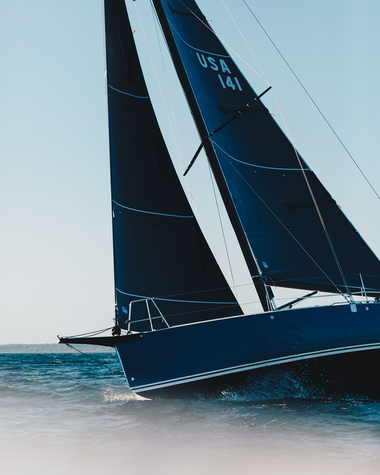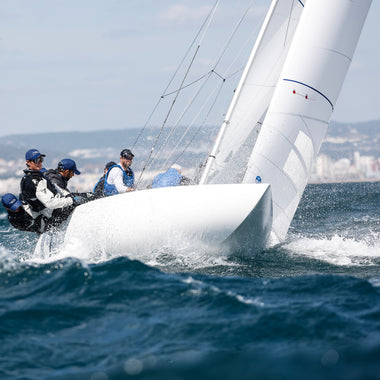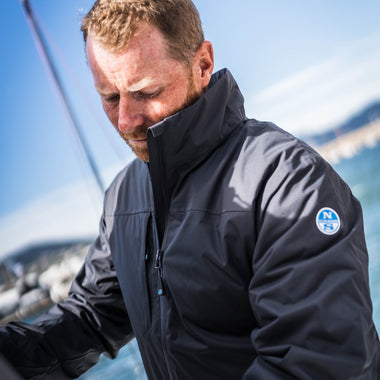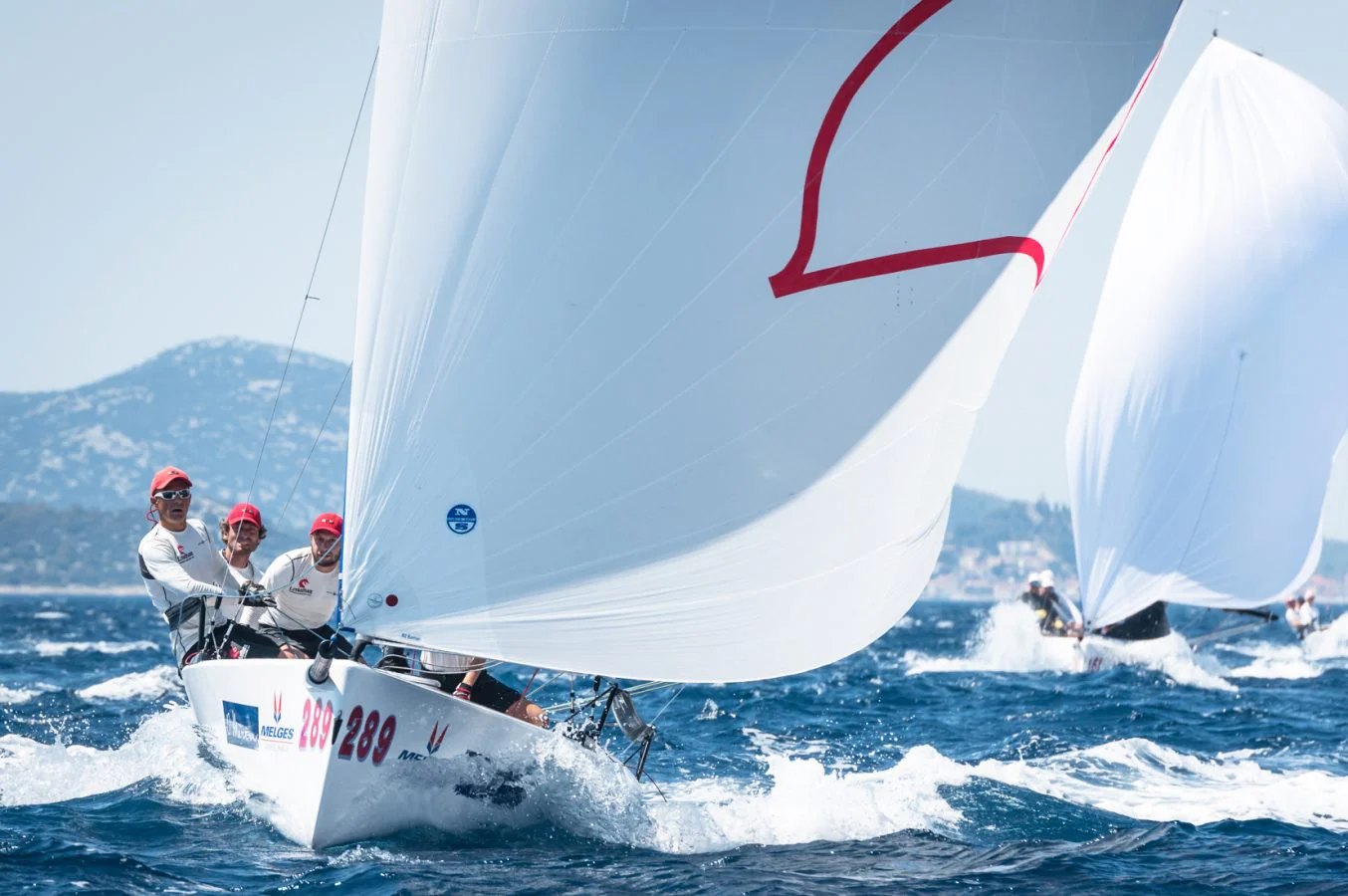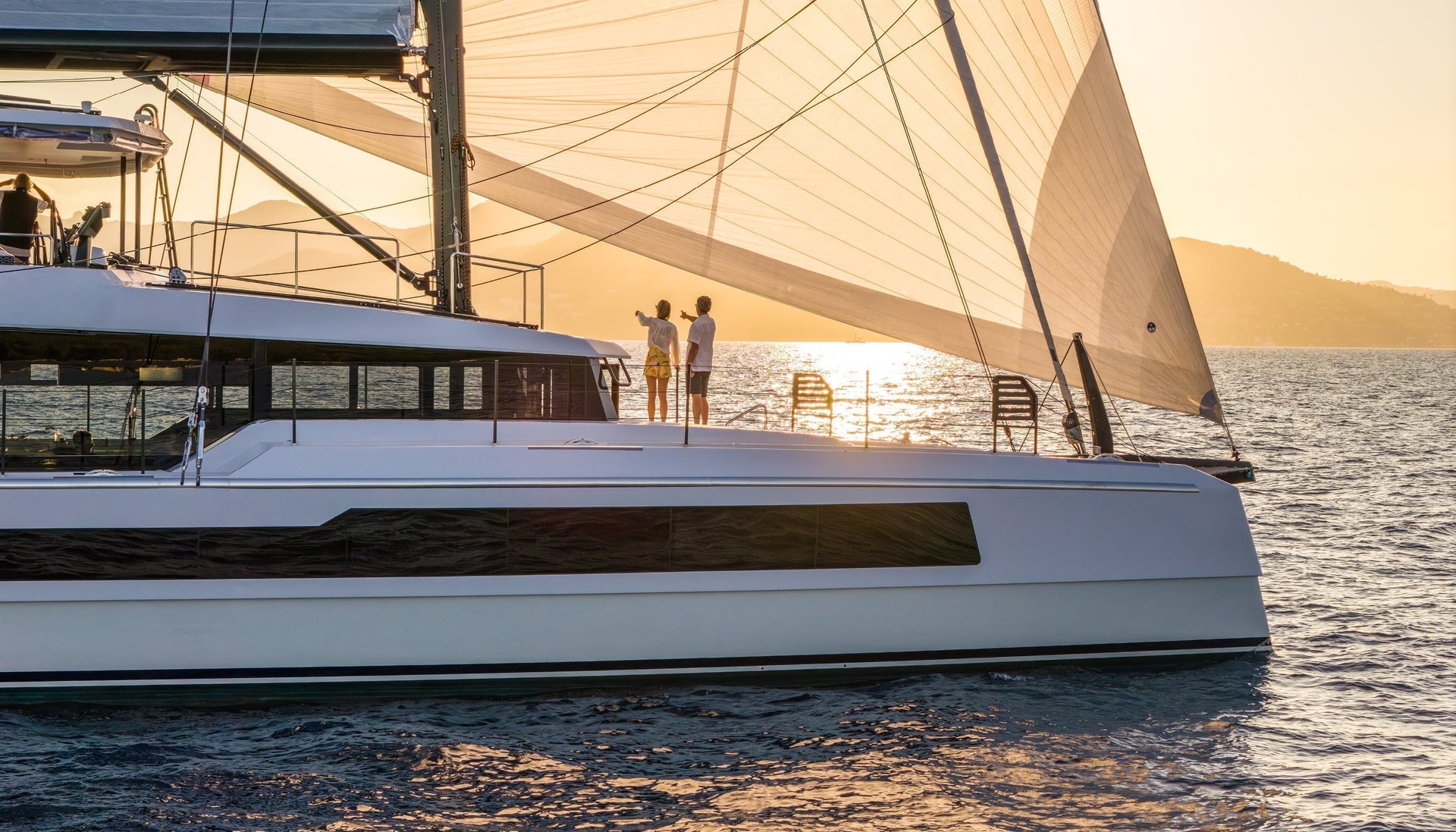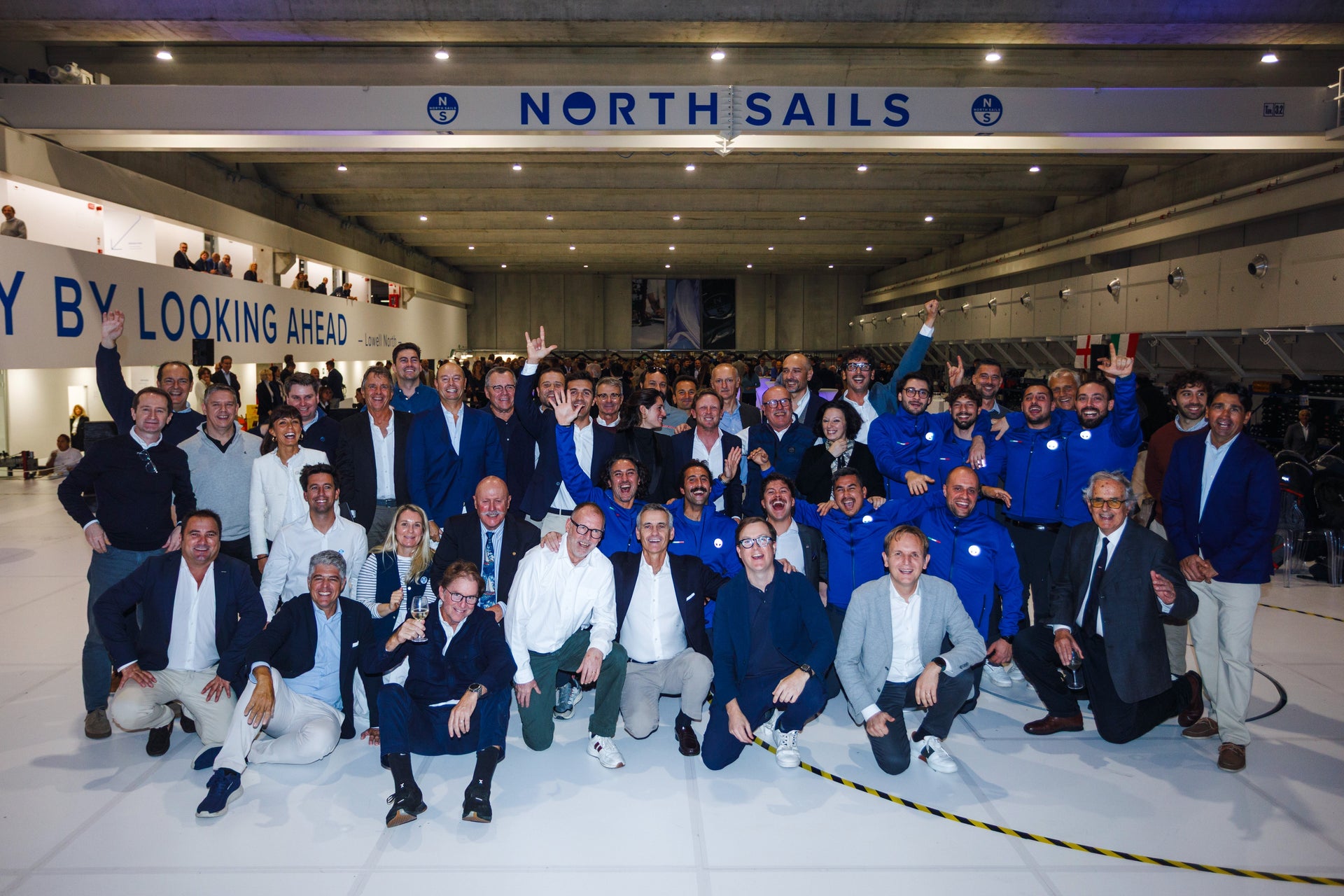LEARN TO LOVE SAILING IN HEAVY AIR
LEARN TO LOVE SAILING IN HEAVY AIR
If Sailing In Breeze Isn’t Your Strong Suit, You Are Not Alone

When I was about ten years old I starting racing sailboats on Cape Cod and the sound of the wind whistling overnight through the pine trees outside my bedroom would make it hard to sleep. Even the next morning I’d have a knot in my stomach when I woke.
Forty years later, I still get the knot in my stomach with just the thought of sailing in heavy air but luckily, I’ve learned more about the technique and in turn, have become more confident when it comes to heavy air sailing. If sailing in a strong breeze intimidates you, you are not alone, but you can learn to get better at it and actually start to dominate in the breeze. Here are some tips to help shake your nerves and get you confident for that next heavy air event.
Wear a Lifejacket
Seems pretty basic, but there was a day when wearing a lifejacket was not as prevalent as it is now. As soon as the breeze comes up, put one on yourself and make it mandatory that your crew do the same. It will give you more confidence to be more aggressive in moving around on deck and when trimming/pumping your sails. And it’s the right thing to do.
Know your Settings
Once you are out on the water and it starts blowing, there is no time to be figuring out how many turns to go up on the rig. Be sure to pre-measure your rig tension and know how many turns it takes to get to your heavy air settings for each wind speed.
Setup your Boat so it’s Easy
In all boats, flat is fast in breeze. It’s also important to keep the boat on an even angle of heel. If the boat is constantly heeling over you tend to use more rudder which creates drag, which will eventually cause the boat to stall out head to wind. Concepts to keep in mind:
-
Set Up for Twist. Tight leeches on the main and jib will make the boat more sensitive to tipping over each time you get a puff. To induce twist:
- Sail with the backstay VERY firm
- Ease the main and jib (simultaneously)
- Vang on hard if effective on your boat. This will flatten the lower portion of the main and open the lower leech
- Play the sails. Play the main especially to keep the boat on an even angle of heel. The smaller the boat the more you play your sheets.
- Keep the traveller on or slightly above the centerline.
- Try not to Hit Waves Dead-on. If you do, at least make sure the boat is flat. Back when I learned to sail the mantra with steering in waves was to “head up the face of the wave and bear off on the backside of it. Today we use as little rudder as possible to steer around the big sets. Inevitably, you will hit waves, and some straight on. When you do, be sure your boat is flat. The boat will stop, but if it is flat it will not slip sideways as much.
Have fun. Sailing in heavy air is exhilarating. Enjoy the process of getting better each time you go out in a breeze!
